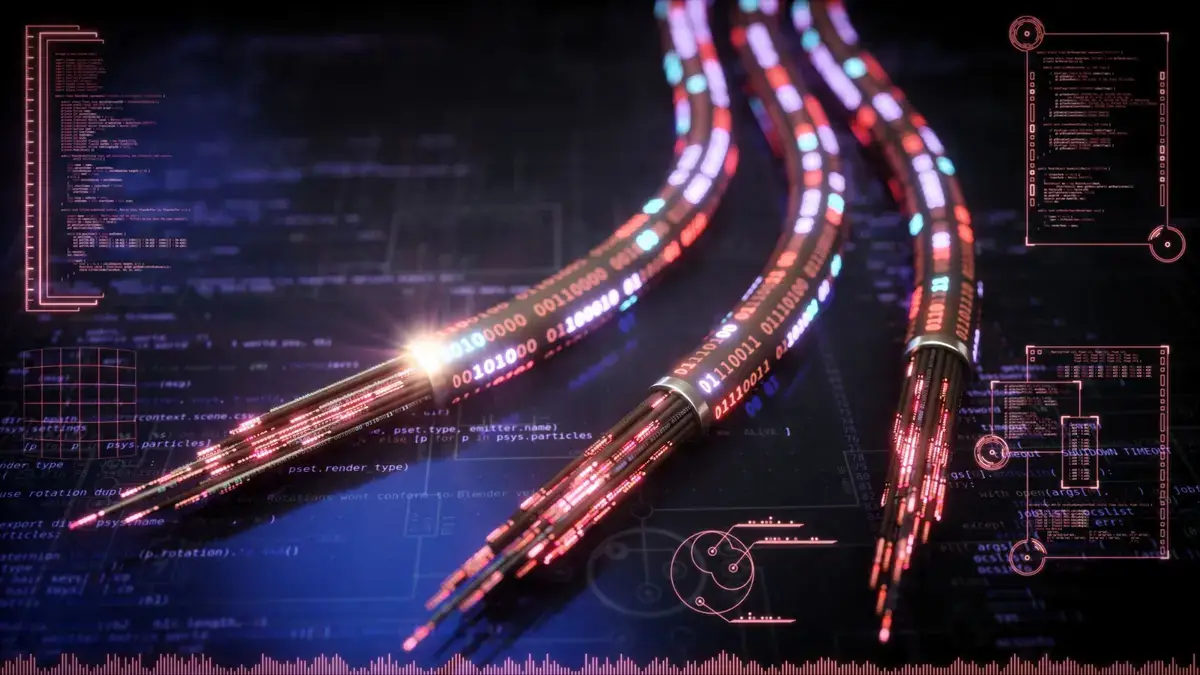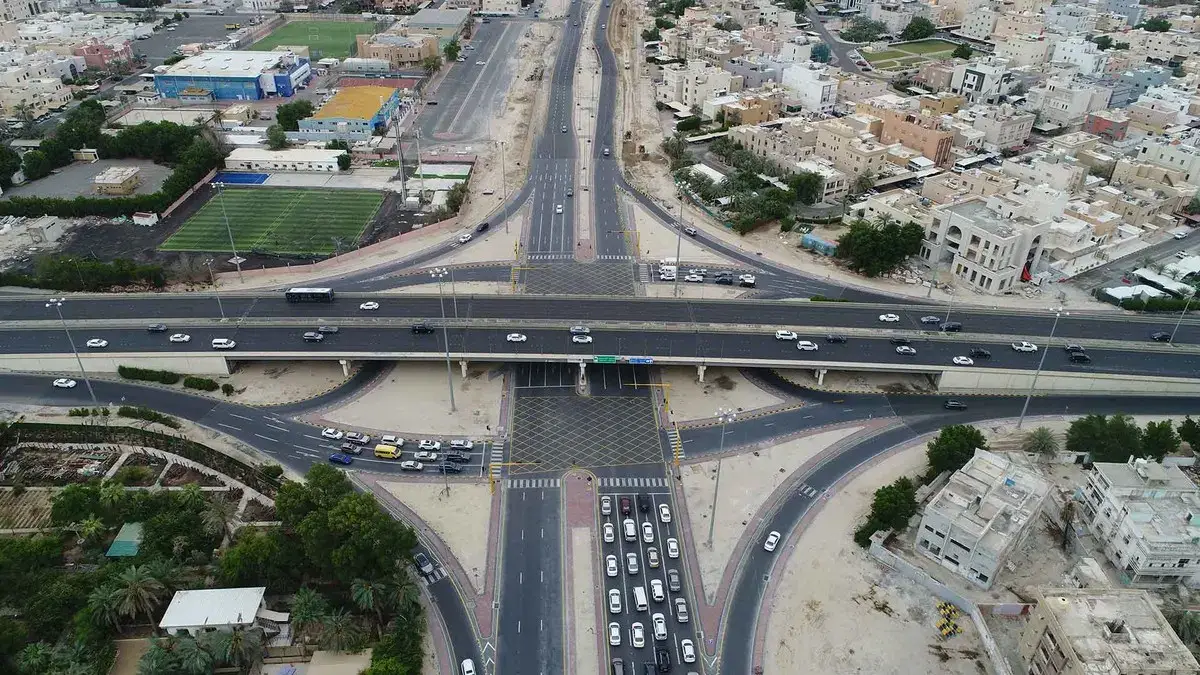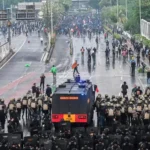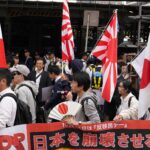Protests in Nepal
The Protests in Nepal began on 8 September when the government banned 26 major social media platforms, including Facebook, X, Instagram, WhatsApp, YouTube, and Reddit. This sparked outrage from Nepal’s young generation. Critics accused the government of attempting to stifle free speech and hide corruption.
Protests began peacefully. They were driven by anger over deep-rooted corruption, nepotism, and weak economic opportunities. The phrase “Nepo Kids” became a trending label to highlight the contrast between politicians’ privileged families and ordinary citizens’ struggles.
On 8 September, tens of thousands gathered in Kathmandu, mainly around Maitighar Mandala and the Federal Parliament building. Demonstrators tried to breach the parliament perimeter. Police responded with tear gas, water cannons, rubber bullets—and, tragically, live fire. At least 19 protesters were killed, and more than 100 were injured, including police officers.
By evening, the government backed down. It lifted the social media ban. Home Minister Ramesh Lekhak resigned. Curfews were declared in Kathmandu, Pokhara, Birgunj, Itahari, Damak, and other cities.
But the protests continued. On 9 September, anger turned destructive. Protesters targeted symbols of government power. They set fire to Singha Durbar, the Supreme Court building, the President’s residence at Sital Niwas, and the Prime Minister’s home at Baluwatar. Several party offices and residences of top leaders were burned or vandalized.
In response, the army was deployed and curfews strictly enforced. Reports say the military patrolled the streets of Kathmandu. They also arrested looters and urged youth to protect public and private property.
By 9 September, Prime Minister K.P. Sharma Oli had resigned. He submitted his resignation to President Ram Chandra Poudel. Protesters proposed former Chief Justice Sushila Karki to lead an interim government.
Nepal’s main airport—Tribhuvan International—had shut for two days due to fires and smoke near the terminal. It reopened on 10 September, though travel remains limited. India deployed air force flights to help repatriate over 400 citizens.
The unrest has taken a heavy toll. Reports indicate at least 25 people dead and over 600 injured across the country. More than 600 arrests have been made, including alleged looters.
Many young activists insist the violence was exaggerated by agitators who hijacked a peaceful movement. They denounce vandalism and looting, saying their aim was righteous and nonviolent.
The protesters now demand deep, structural reform. Their calls include dissolving the current House of Representatives and crafting a new, inclusive constitution.

Selected Voices
“This is our revolution. It’s our turn now,” said a Gen Z protester, capturing the movement’s spirit.
Protesters strongly reject blame for the arson. They state their fight is against the government—not democracy or state institutions.
Outlook and Significance
These protests mark a profound shift in Nepal’s political landscape. Young Nepalese are no longer sidelined—they demand transparency, fairness, and a voice in governance.
As the country breathes under curfew, the path ahead remains uncertain. Yet, for many, these events could be the dawn of a new, accountable era in Nepalese politics.
With structural reforms, inclusive governance, and constitutional renewal, Nepal may answer this generational call for change.






